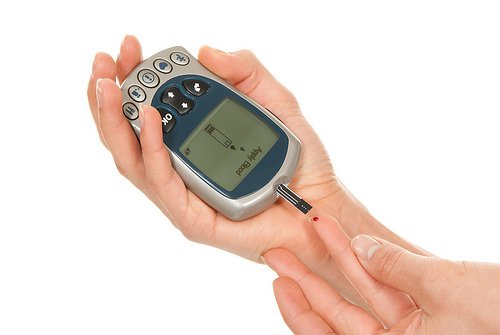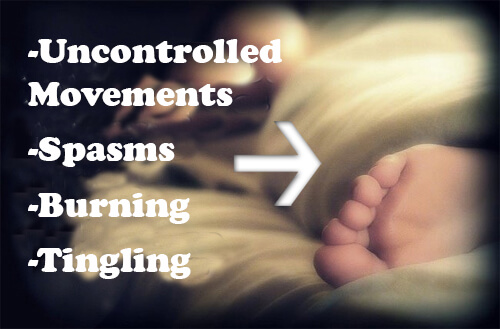The Causes of Tingling in Hands and Legs

Tingling in hands and legs can be an uncomfortable, abnormal sensation. In addition, it could also be cause for concern if you don’t know what the underlying cause is.
Although tingling can occur in various parts of the body, it’s most often found in the hands, feet, arms, or legs. At first, it may be something you can ignore.However, if it occurs often and without any apparent cause, it may be an indication that something else is wrong with the body or a symptom of a disease.
Tingling might be an indication of a minor infection, or it could be a symptom of an underlying disease, so it’s important to see your doctor if you experience this sensation more than in passing. In this article we’ll discuss some of the common diseases associated with tingling in the hands and legs.
The Causes of Tingling in Hands and Legs
Hypoesthesia
Tingling can be a symptom of hypoesthesia, which includes a loss of sensation in the affected area accompanied by this annoying symptom. If you experience both at once, pay close attention because it could be more than a passing ailment.
Circulatory problems

If you have circulatory problems, you might feel a sporadic tingling sensation.
You might also have this feeling when you’re suffering from fatigue or exhaustion. However, if the tingling increases or becomes constant, it could indicate something more serious with your circulatory system and you should consult your doctor.
Buerger’s disease
Buerger’s disease is associated with tobacco consumption.
The first symptom is pain due to lack of circulation, or claudication, in the hands or feet. A person will experience constant tingling and numbness in the hands, followed by the fingers and toes. This is a very serious disease, because if left untreated it can lead to the development of gangrene.
Diabetes

Diabetes is one of the most common diseases in today’s society, and it occurs when blood sugar levels increase unchecked.
Tingling is a typical symptom of diabetes because insufficient blood flow to the extremities can cause this annoying sensation. It may also be an indication of the presence of ulcers, which should be treated quickly to avoid the onset of gangrene.
You should read:
Multiple sclerosis
Numbness and tingling in the hands or feet is one of the first symptoms that people who have multiple sclerosis experience.
In addition, this disease can also cause burning sensations and increased sensitivity to touch. These symptoms are caused by insufficient blood flow in the affected areas and problems in the central nervous system.
Acute inflammatory demyelinating polyneuropathy
Acute inflammatory demyelinating polyneuropathy, or AIDP, is an extremely rare condition that prevents the nerves from sending proper signals to the muscles in the body.
Tingling in hands and legs is a symptom of this disorder, and it usually appears first in the feet. However, eventually it extends to the legs, arms and hands.
Restless leg syndrome
Lots of people feel tingling in their extremities during the evening and nighttime hours, and this may be associated with restless leg syndrome.
Tingling in hands and legs is one of the more common symptoms, but certainly not the only one. The sufferer may also experience pain, cramping, and itching in their legs that tends to get worse at night, causing insomnia.
This syndrome may be caused by anemia, kidney failure, or peripheral neuropathy, but the exact cause isn’t known.
You might like:
6 Natural Ways to Treat Restless Leg Syndrome
Other causes of tingling in hands and legs
- Sitting or standing in the same position for a long time
- Injury to a nerve
- Pressure on a spinal nerve, due to a herniated disc
- Abnormal levels of calcium, potassium, or sodium
- Lack of vitamins, especially vitamin B12
- Excessive consumption of alcohol and tobacco products
- Animal bites
- Insect bites, like ticks, mites, and spiders
- Use of certain medications
This text is provided for informational purposes only and does not replace consultation with a professional. If in doubt, consult your specialist.








